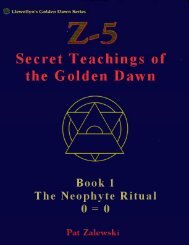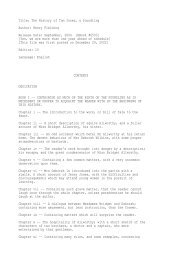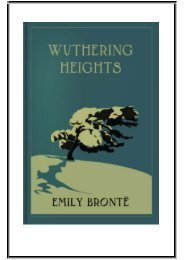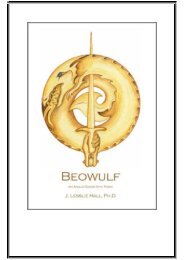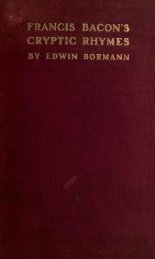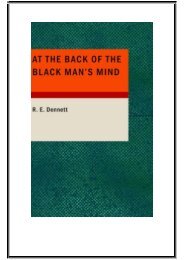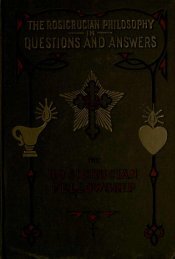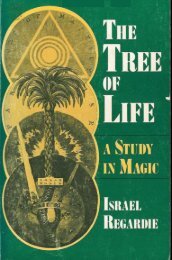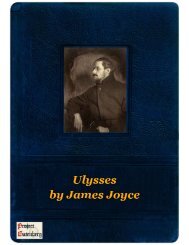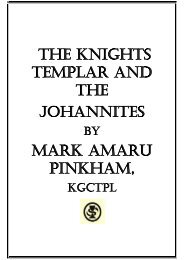download PDF version: 25.9MB - Global Grey
download PDF version: 25.9MB - Global Grey
download PDF version: 25.9MB - Global Grey
You also want an ePaper? Increase the reach of your titles
YUMPU automatically turns print PDFs into web optimized ePapers that Google loves.
6 III. RELIGION, WELTL. WISSENSCH. u. KUNST. i A. VEDIC MYTHOLOGY.<br />
and uncertain conclusions of comparative mythology, but with the information<br />
supplied by Indian literature, which contains a practically continuous record<br />
of Indian mythology from its most ancient source in the RV. down to modern<br />
times 2 . All the material bearing on any deity or myth ought to be collected,<br />
grouped, and sifted by the comparison of parallel passages, before any con<br />
clusion is drawn 3 . In this process the primary features which form the basis<br />
of the personification<br />
As soon as a<br />
should be separated from later accretions.<br />
person has taken the place of a natural force in the<br />
imagination, the poetical fancy begins to weave a web of secondary myth,<br />
into which may be introduced in the course of time material that has<br />
nothing to do with the original creation, but is borrowed from elsewhere.<br />
Primary and essential features, when the material is not too limited, betray<br />
themselves by constant iteration. Thus in the Indra myth his fight with Vrtra,<br />
which is essential, is perpetually insisted on, while the isolated statement that<br />
he strikes Vrtra s mother with his bolt (i, 329) is clearly a later touch, added<br />
by an individual poet for dramatic effect. Again, the epithet Vrtra-slaying ,<br />
without doubt originally appropriate to Indra alone ; is in the RV. several<br />
times applied<br />
former to the<br />
to the god Soma also.<br />
latter deity, is sufficiently<br />
But<br />
plain<br />
that it is<br />
from the<br />
transferred from the<br />
statement that Soma<br />
is the Vrtra-slaying intoxicating plant (6,<br />
11<br />
I7 ), the juice of which Indra<br />
regularly drinks before the fray. The transference of such attributes is parti<br />
cularly easy in the RV. because the poets are fond of celebrating gods in<br />
couples, when both share the characteristic exploits and qualities of each other<br />
(cp. 44). Attributes thus acquired must of course be eliminated from the<br />
essential features. A similar remark applies to attributes and cosmic powers<br />
which are predicated, in about equal degree, of many gods. They<br />
can have<br />
no cogency as evidence in regard to a particular deity 4 . It is only when<br />
such attributes and powers are applied in a predominant manner to an in<br />
dividual god, that they can be adduced with any force. For in such case it<br />
is possible they might have started from the god in question and gradu<br />
ally extended to others. The fact must, however, be borne in mind in this<br />
connexion, that some gods are celebrated in very many more hymns than<br />
others. The frequency of an attribute applied to different deities must there<br />
fore be estimated relatively. Thus an epithet connected as often with Varuna<br />
as with Indra,, would in all probability be more essential to the character of<br />
the former than of the latter. For Indra is invoked in about ten times as<br />
many hymns as Varuna. The value of any particular passage as evidence<br />
may be affected by the relative antiquity of the hymn in which it occurs.<br />
A statement occurring for the first time in a late passage may of course re<br />
present an old notion; but if it differs from what has been said on the same<br />
furnishes a later<br />
point in a chronologically earlier hymn, it most probably<br />
development. The tenth and the greater part of the first book of the RV.s<br />
are therefore more likely to contain later conceptions than the other books.<br />
Moreover, the exclusive connexion of the ninth book with Soma Pavamana<br />
may give a different complexion to mythological matter contained in another<br />
book. Thus Vivasvat and Trita are here connected with the preparation of<br />
Soma in quite a special manner (cp. 18, 23). As regards the Brahmanas,<br />
great caution should be exercised in discovering historically primitive notions<br />
in them; for they teem with far-fetched fancies, speculations, and identi<br />
fications 6 .<br />
In adducing parallel passages as evidence, due regard should be paid<br />
to the context. Their real value can often only be ascertained by a minute<br />
and complex consideration of their surroundings and the association of ideas



